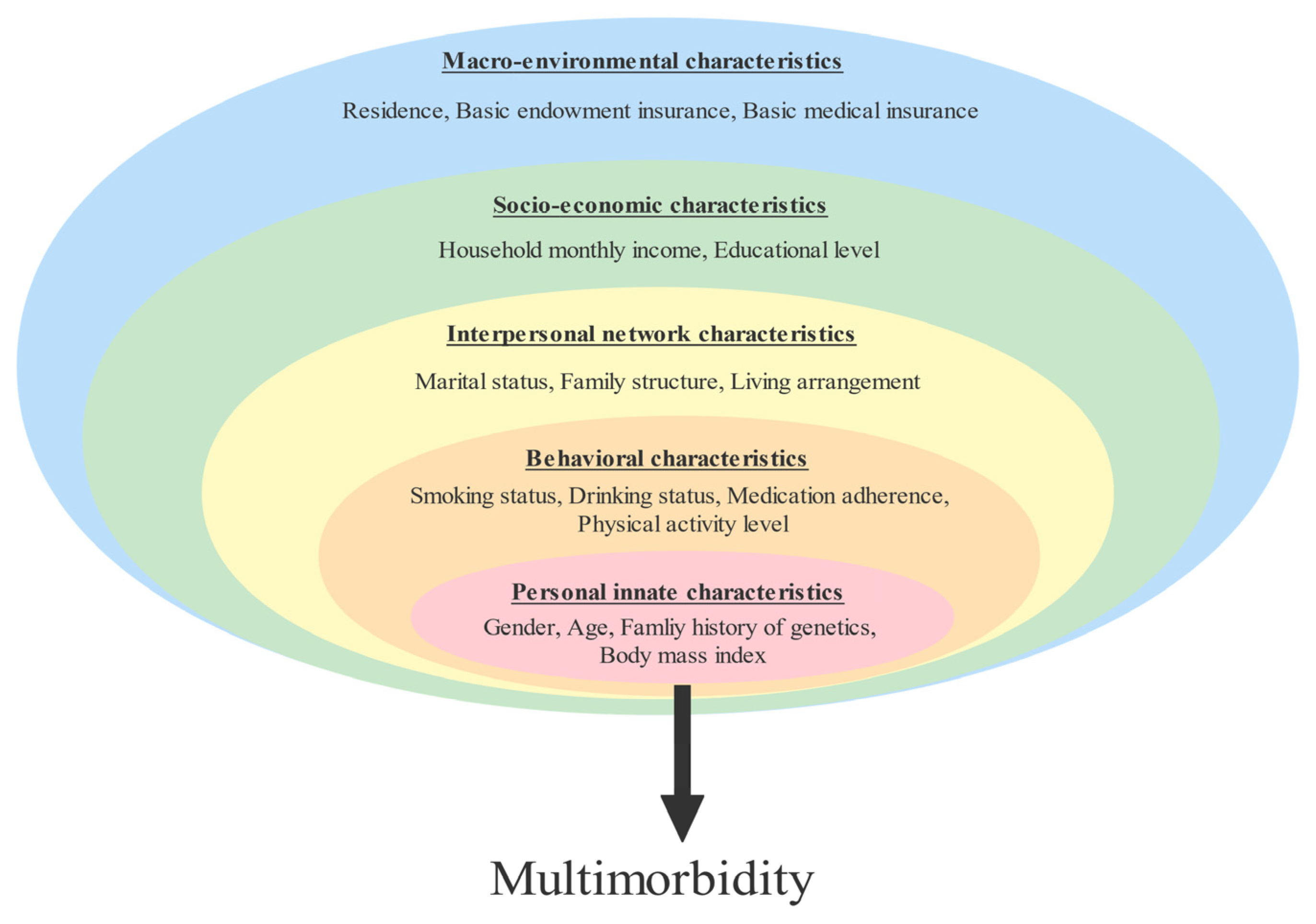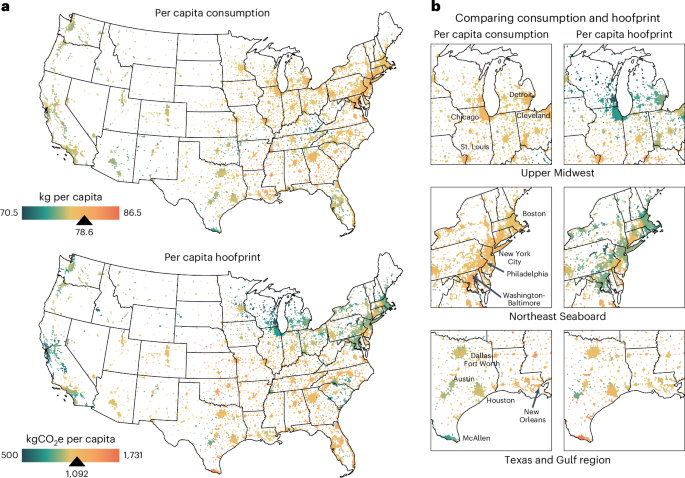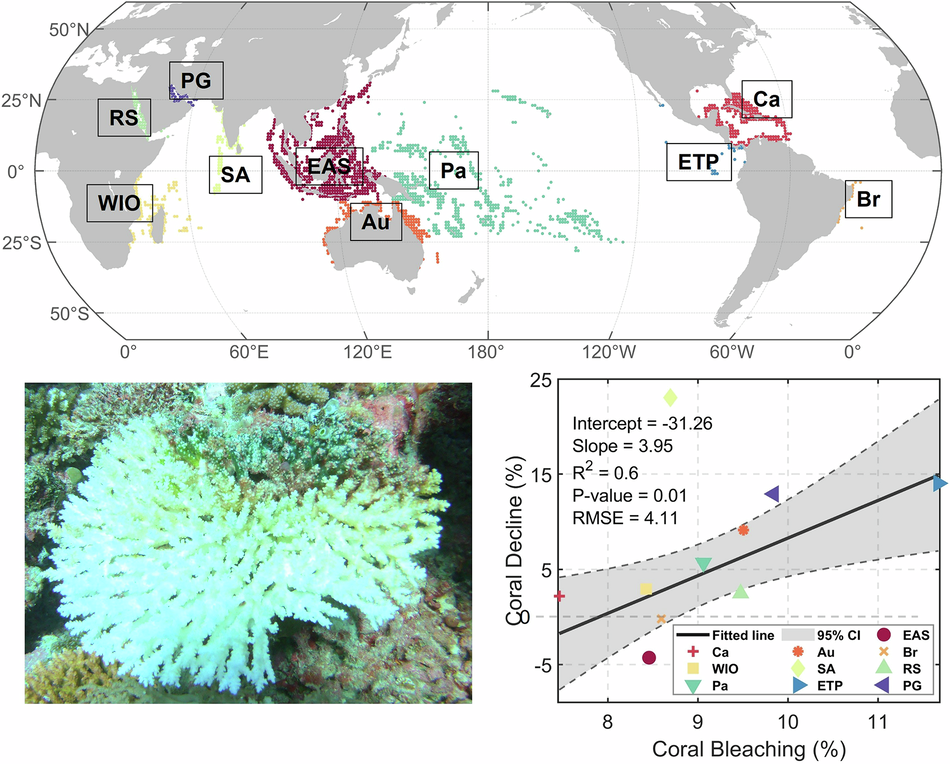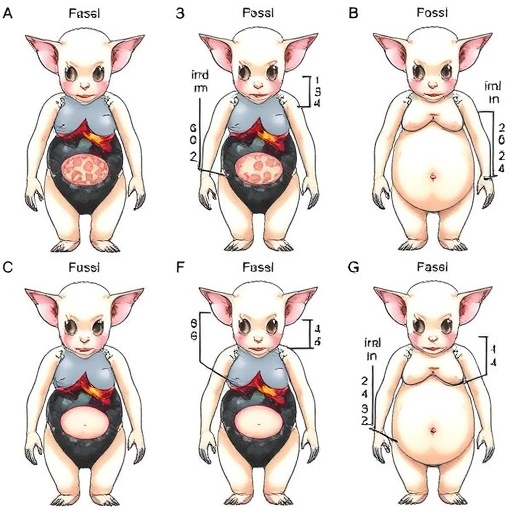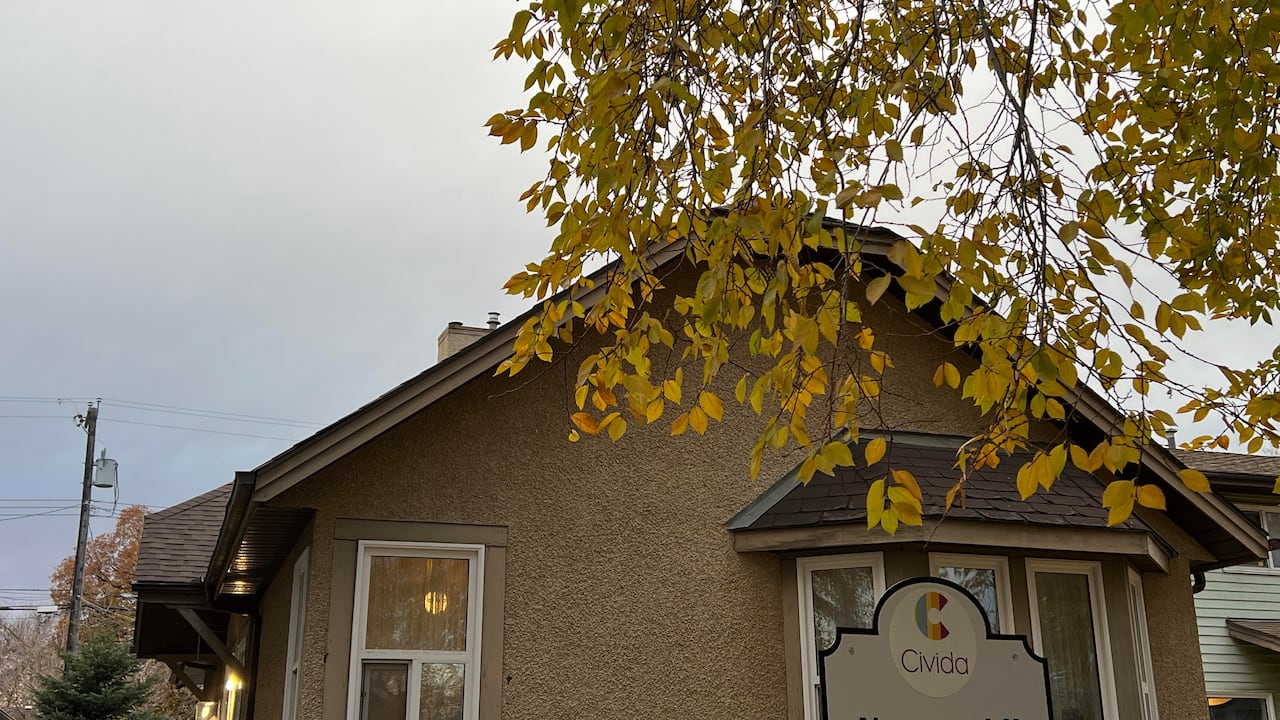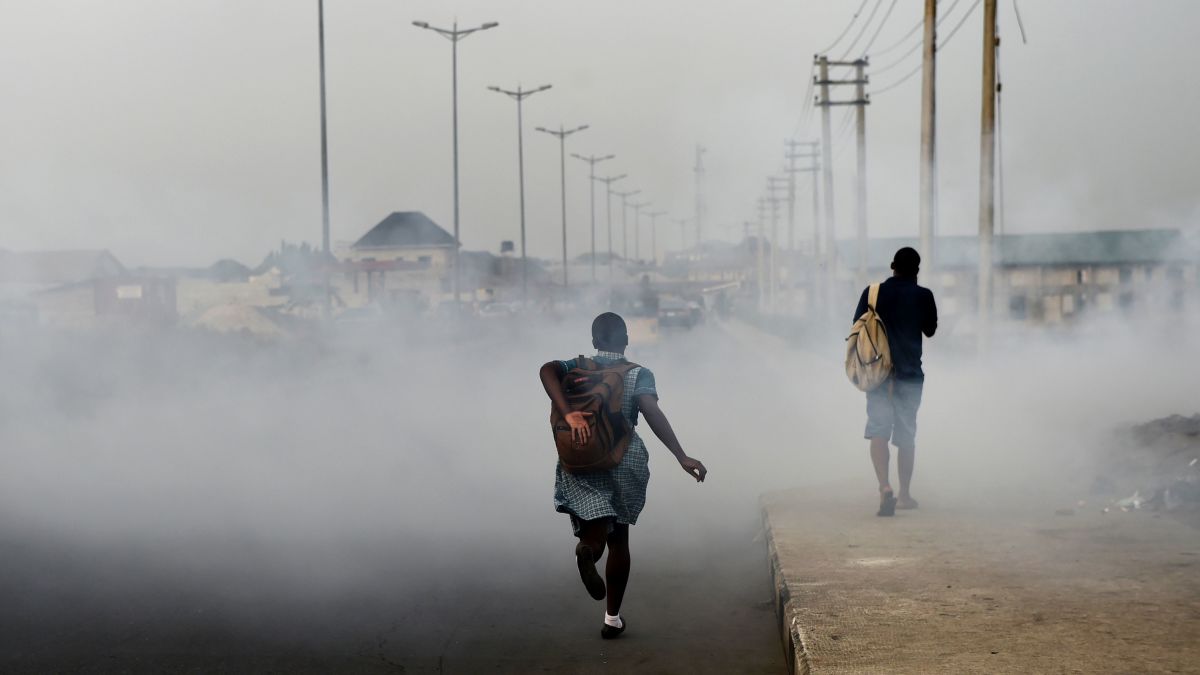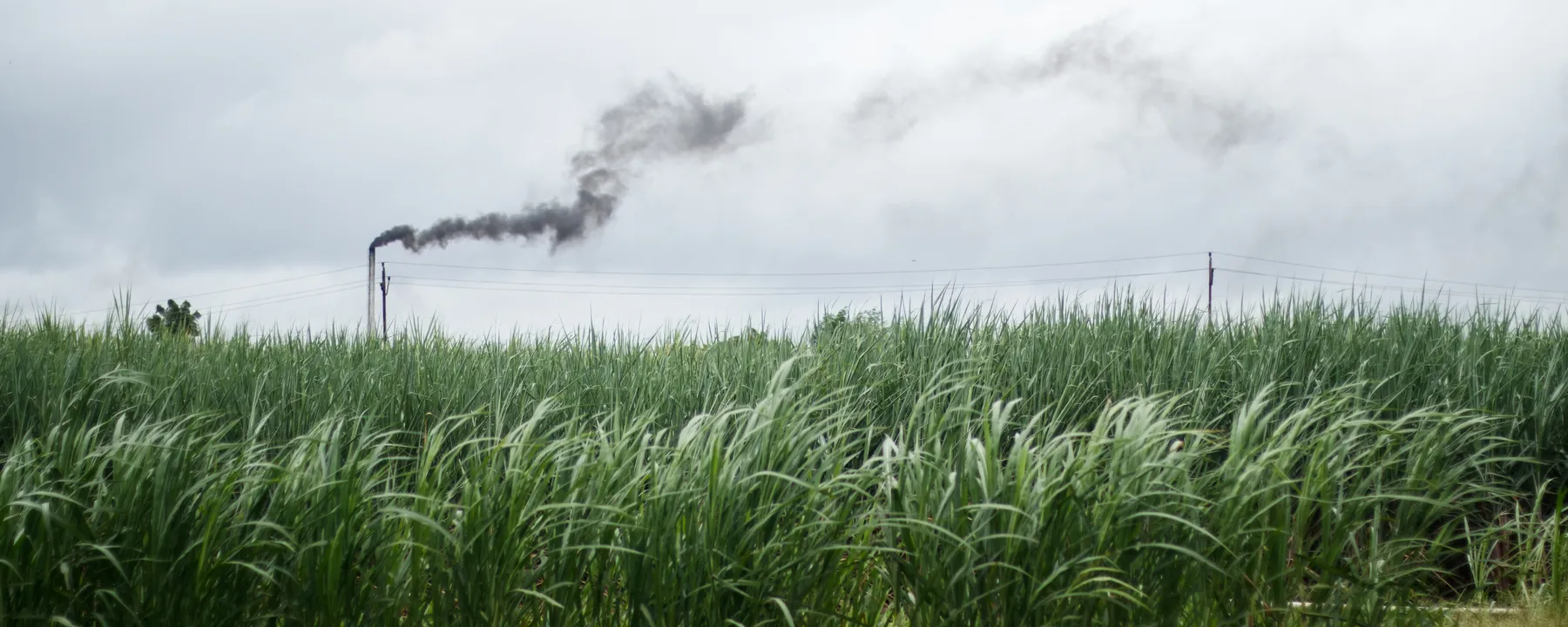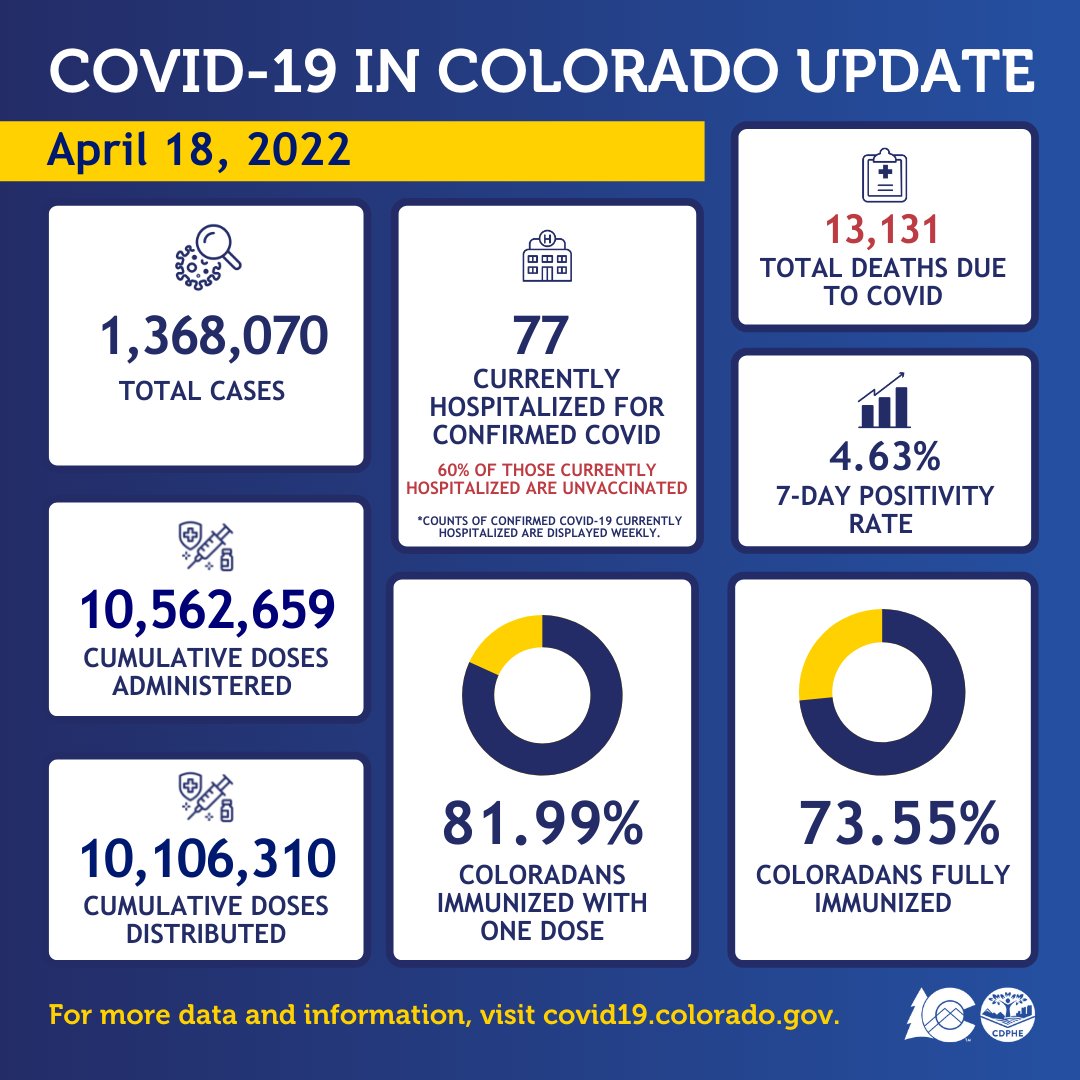Wildfires are challenging air quality monitoring infrastructure – Ars Technica
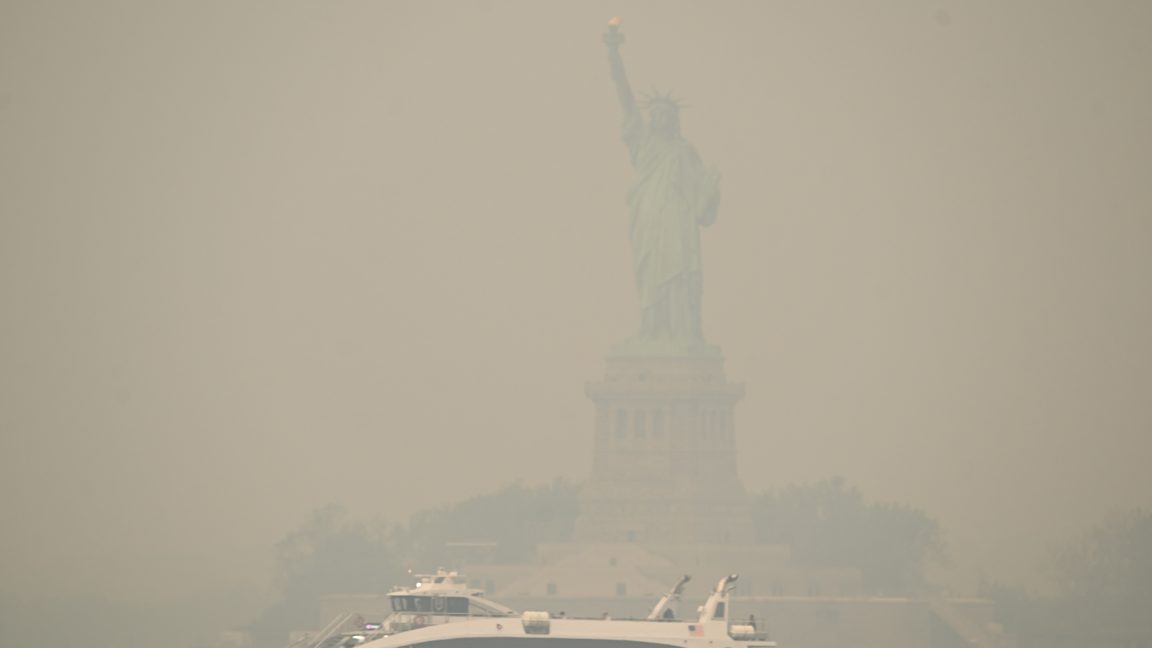
Air Quality Challenges and Sustainable Development Goals in the United States
Introduction
Ten years ago, air pollution in the United States was considered a significant success story, with air quality improving consistently across almost all pollutants. However, recent events have highlighted emerging challenges, particularly due to wildfire smoke, which has caused air quality to deteriorate to historically low levels in regions such as Wisconsin.
Impact of Wildfires on Air Quality
In June 2023, wildfire smoke originating from Canada led to a sharp decline in air quality in Wisconsin. The region experienced another episode of unhealthy air quality levels shortly thereafter, again attributed to wildfires. This trend threatens to undermine previous progress made in reducing pollution from cars and industrial sources.
Challenges in Air Quality Monitoring
- Current air quality monitors are primarily located near large cities and stationary pollution sources such as coal-powered plants.
- Many regions, known as air quality monitoring deserts, lack sufficient monitoring infrastructure, leaving vulnerable populations uninformed about local air pollution levels.
- Wildfire smoke can travel hundreds of miles, affecting distant communities and complicating accurate air quality assessment.
- Smoke from fires may contain hazardous toxins, including lead released from burning cars and homes.
Historical Context and Regulatory Framework
- The Air Pollution Control Act of 1955 marked the beginning of national recognition of air quality issues in the United States.
- The Clean Air Act of 1970, along with subsequent amendments, established pollutant monitoring protocols and National Ambient Air Quality Standards (NAAQS) for key pollutants such as carbon monoxide, nitrogen dioxide, ozone, particulate matter, and sulfur dioxide.
Link to Sustainable Development Goals (SDGs)
The ongoing challenges in managing air quality in the United States directly relate to several United Nations Sustainable Development Goals:
- SDG 3: Good Health and Well-being – Protecting populations from the adverse health effects of air pollution and wildfire smoke.
- SDG 11: Sustainable Cities and Communities – Enhancing urban air quality monitoring and management systems to safeguard residents.
- SDG 13: Climate Action – Addressing the increasing frequency and intensity of wildfires linked to climate change.
- SDG 9: Industry, Innovation, and Infrastructure – Improving air quality monitoring infrastructure to cover underserved regions and better track pollutant sources.
Conclusion
While the United States has made significant progress in reducing traditional sources of air pollution, the rising impact of wildfires presents new challenges that threaten these gains. Strengthening air quality monitoring infrastructure and integrating climate action strategies are essential steps toward achieving the Sustainable Development Goals related to health, sustainable communities, and environmental protection.

1. Which SDGs are addressed or connected to the issues highlighted in the article?
- SDG 3: Good Health and Well-being
- The article discusses the impact of air pollution and wildfire smoke on public health, highlighting unhealthy air quality levels affecting communities.
- SDG 11: Sustainable Cities and Communities
- Air quality monitoring in urban and rural areas, and the challenge of monitoring deserts, relates to creating sustainable and resilient cities and communities.
- SDG 13: Climate Action
- The increasing frequency and intensity of wildfires, linked to climate change, emphasize the need for climate action to mitigate environmental and health impacts.
- SDG 15: Life on Land
- Wildfires affecting ecosystems and releasing toxins such as lead relate to the protection and restoration of terrestrial ecosystems.
2. What specific targets under those SDGs can be identified based on the article’s content?
- SDG 3: Good Health and Well-being
- Target 3.9: Reduce the number of deaths and illnesses from hazardous chemicals and air, water, and soil pollution and contamination.
- SDG 11: Sustainable Cities and Communities
- Target 11.6: Reduce the adverse per capita environmental impact of cities, including air quality and waste management.
- SDG 13: Climate Action
- Target 13.1: Strengthen resilience and adaptive capacity to climate-related hazards and natural disasters.
- SDG 15: Life on Land
- Target 15.1: Ensure the conservation, restoration, and sustainable use of terrestrial and inland freshwater ecosystems.
3. Are there any indicators mentioned or implied in the article that can be used to measure progress towards the identified targets?
- Air quality indicators such as levels of carbon monoxide, nitrogen dioxide, ozone, particulate matter, and sulfur dioxide are explicitly mentioned as being monitored under the National Ambient Air Quality Standards.
- Monitoring the frequency and intensity of wildfires and their impact on air pollution levels is implied as an indicator of environmental and health risks.
- The presence of air quality monitoring stations and their geographic coverage, including the identification of monitoring deserts, serves as an indicator of the capacity to track pollution and protect vulnerable populations.
- Indicators related to the incidence of illnesses or health outcomes linked to air pollution and toxic exposure (e.g., lead from burning materials) are implied but not explicitly stated.
4. Table: SDGs, Targets and Indicators
| SDGs | Targets | Indicators |
|---|---|---|
| SDG 3: Good Health and Well-being | 3.9: Reduce deaths and illnesses from hazardous chemicals and air, water, and soil pollution and contamination. |
|
| SDG 11: Sustainable Cities and Communities | 11.6: Reduce the adverse per capita environmental impact of cities, including air quality. |
|
| SDG 13: Climate Action | 13.1: Strengthen resilience and adaptive capacity to climate-related hazards and natural disasters. |
|
| SDG 15: Life on Land | 15.1: Ensure conservation, restoration, and sustainable use of terrestrial ecosystems. |
|
Source: arstechnica.com

What is Your Reaction?
 Like
0
Like
0
 Dislike
0
Dislike
0
 Love
0
Love
0
 Funny
0
Funny
0
 Angry
0
Angry
0
 Sad
0
Sad
0
 Wow
0
Wow
0












